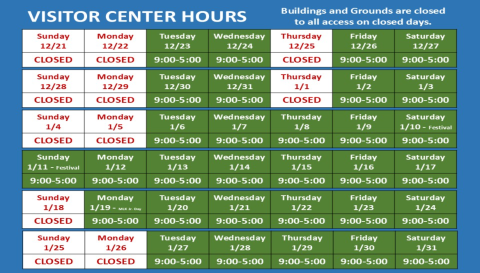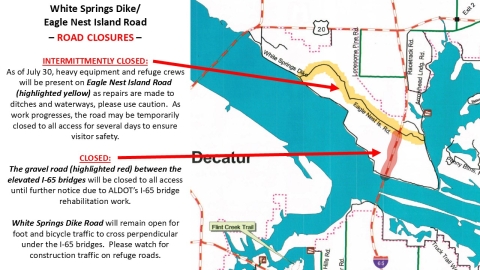Visit Us
Wheeler National Wildlife Refuge is rich in wildlife and recreation opportunities. Thousands of people come to the refuge each year to enjoy solitude, to commune with nature, and to share the joys of wildlife and being outdoors with family and friends. The refuge Visitor Center and Observation Building are located near each other and should be your priority stop when visiting the refuge for the first time.
Location and Contact Information
About Us
Wheeler National Wildlife Refuge was established in 1938 as a wintering area for ducks, geese and other migratory birds. Today, the refuge attracts thousands of wintering waterfowl and cranes each year. The refuge is also a winter home to the endangered whooping crane who first arrived in 2004.
What We Do
To help plants and wildlife, refuge staff uses a variety of habitat management techniques to maintain, recover, or enhance plant and wildlife values. Refuge staff carefully considers many management techniques and employs them in varying degrees according to the situation.
Our Species
Wheeler National Wildlife Refuge was established as a refuge and breeding ground for migratory birds and other wildlife. A diversity of habitat types provide excellent feeding, resting, and roosting sites for wintering waterfowl and Sandhill Cranes , as well as nesting sites for neotropical migrant birds and many species of resident wildlife.


